  Most mammals in winter don't hibernate. They instead enter a state of torpor. Torpor is a period of inactivity that takes place during the coldest times of the winter, but is mixed with active times in good weather.
Most mammals in winter don't hibernate. They instead enter a state of torpor. Torpor is a period of inactivity that takes place during the coldest times of the winter, but is mixed with active times in good weather.
Torpor is a state of decreased body temperature and metabolic rate that some animals enter during the winter to conserve energy. It's a shorter-term response to cold weather and food scarcity, and can last as little as a few days. During torpor, an animal's heart rate and breathing slow down, which saves energy and allows the animal to survive when food is scarce. Torpor is a short-term response to the environment. It doesn't require the same amount of body fat storage as hibernation. Animals in torpor can wake more quickly than animals in hibernation. Evolutionarily, easily waking from torpor is advantageous for animals who may need to defend their den, and for female bears, for example, who wake from torpor briefly to give birth to cubs. 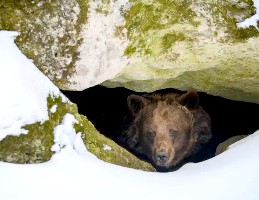 Bears prepare for the winter by eating an excess of food to build up fat. Bears enter torpor in late fall, spending their winters in dens. These dens aren't as extensive as woodchuck dens, but each bear still works to make its den suitable, lining it with leaves and branches in order to insulate as much as possible against the cold.
Bears prepare for the winter by eating an excess of food to build up fat. Bears enter torpor in late fall, spending their winters in dens. These dens aren't as extensive as woodchuck dens, but each bear still works to make its den suitable, lining it with leaves and branches in order to insulate as much as possible against the cold.
Unlike other animals that sleep in winter, bears don't wake up on a regular basis to expel waste. In fact, bears are able to go up to 100 days without eating or going to the bathroom. Unlike true hibernators like woodchucks, a bear's body temperature does not drop very much during torpor, only dropping to about 31 degrees Celsius from their normal 37 degrees. This shallow temperature change allows bears to remain in torpor for longer, as they don't have to wake to bring their body temperature up, like woodchucks do. Some mammals that enter torpor include bears, raccoons, skunks, squirrels, chipmunks, and mice. Torpor is a strategy that is also used by animals in the desert to avoid heat, rather than cold, a state of inactivity that reduces metabolic activity and water loss. Animals using torpor to escape the heat include tortoises and rattlesnakes. Surprisingly, a few birds, such as doves, whip-poor-wills and hummingbirds also use torpor, to survive cold spells. 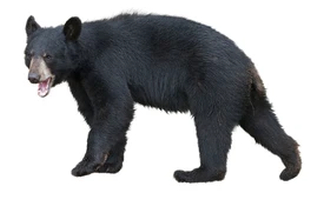
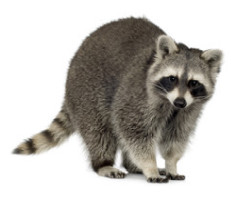
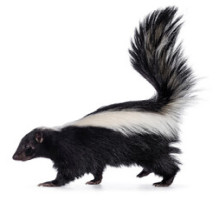
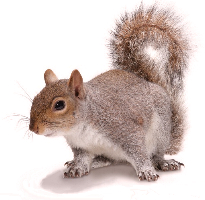 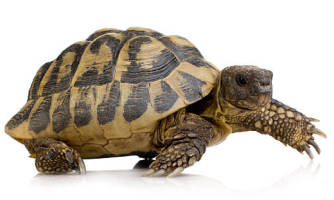
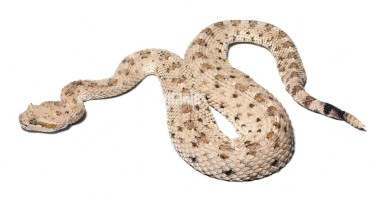
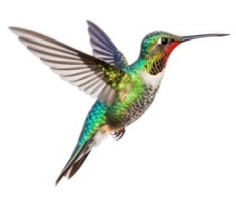 NOTE: Because of recent discoveries about the metabolic changes that allow some black bears to remain dormant for months without eating, drinking, urinating or defecating, most biologists have redefined mammalian hibernation as "specialized, seasonal reduction in metabolism concurrent with scarce food and cold weather". As a result, American black bears are now considered to be highly efficient hibernators. |